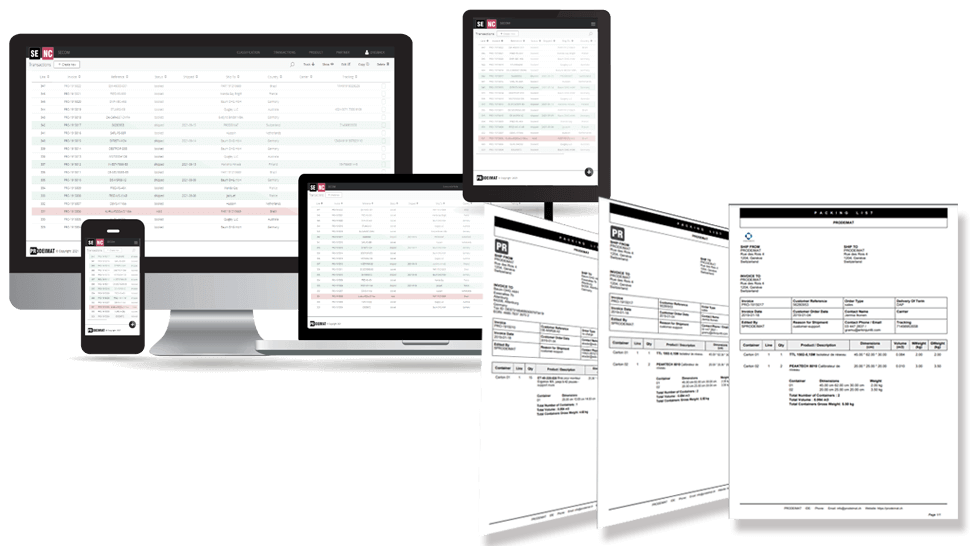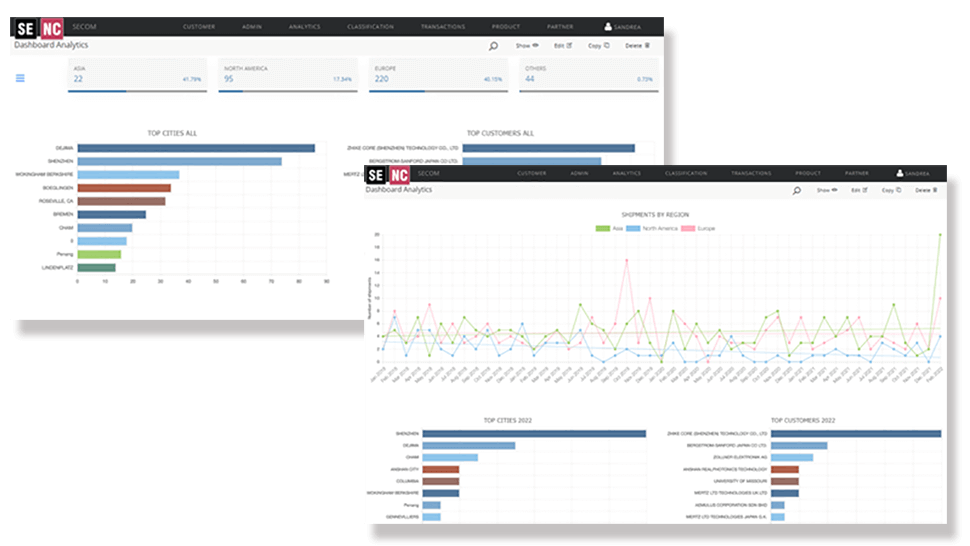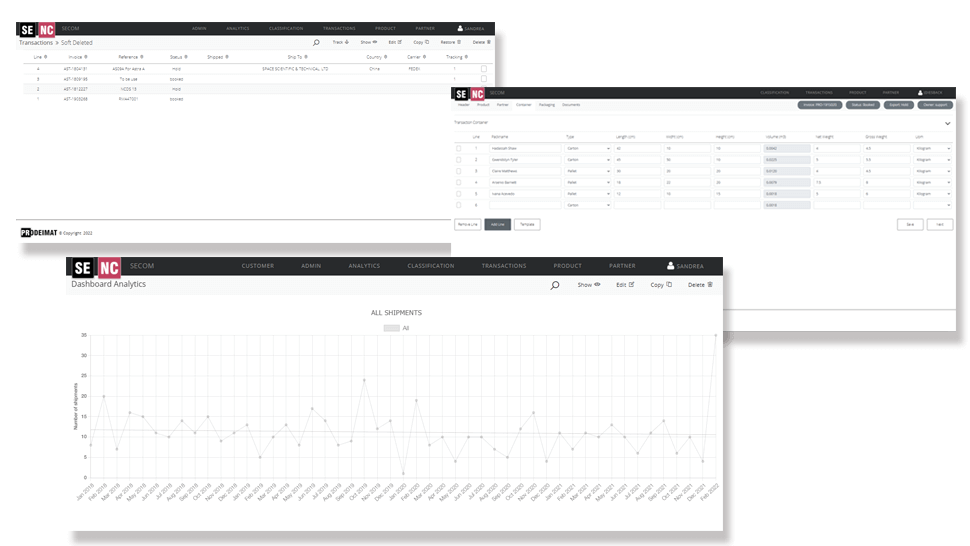Shipping, all goods on board
We introduce you to the main nexus of international trade: Maritime Transport, all goods on board. Trade has always been done by sea. From the first business, with its first ship crossing an ocean to another country to bring back and forth spices and textiles. Nowadays, carrying your goods by ship is not as risky as it used to be. You can transport large, heavy, irregular or special content goods. Maritime technology has advanced to such an extent that it is even possible to monitor your orders. If you are from South America, Asia or Africa and your intention is to be able to trade with the European market, especially with Switzerland, this is your option.
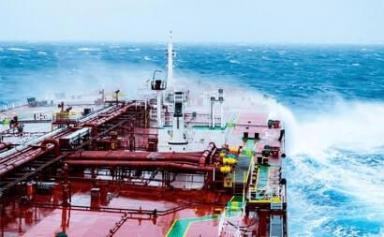
We introduce you to the most important node of international trade: Maritime Transport, all goods on board. Trade has always been done by sea. From the first business, with its first ship crossing an ocean to another country to bring back and forth spices and textiles.
Nowadays, carrying your goods by ship is not as risky as it used to be. You can transport large, heavy, irregular or special content goods.
Maritime technology has advanced to such an extent that it is even possible to monitor your orders.
If you are from South America, Asia or Africa and your intention is to be able to trade with the European market, especially with Switzerland, this is your option.
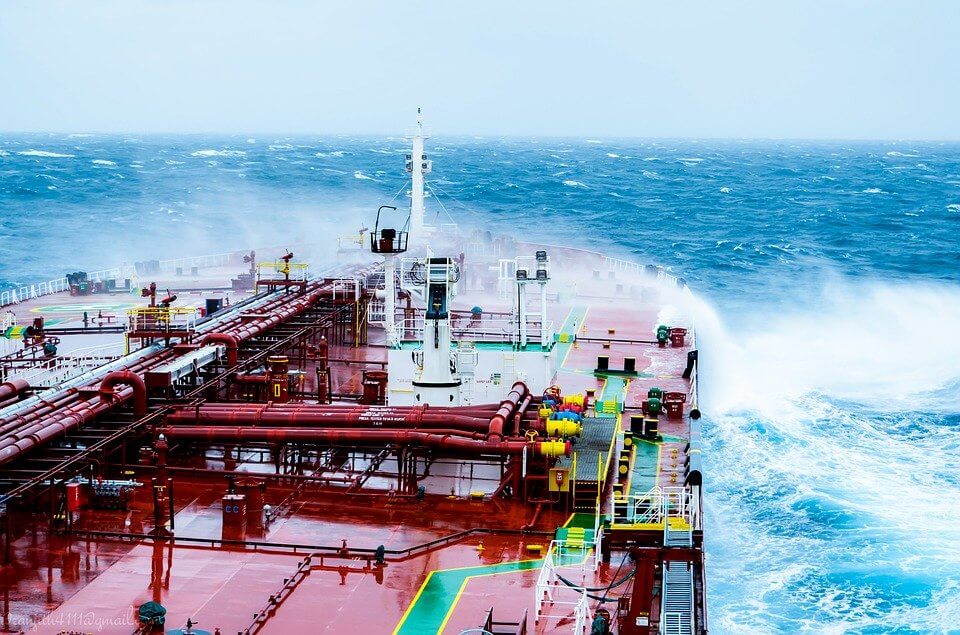
Characteristics of Maritime Transpor
Maritime transport usually has the advantage of being able to move heavy or oversized goods, unlike land transport, which has less space due to the ground routes. At sea, on the other hand, ships are twice as large.
This is ideal for the industrial sector that often works with large quantities of goods, needs to move heavy industrial machinery or move part of its factory to other countries.
Moving cranes, excavators, engines and even agricultural machinery is possible thanks to the vessels and their large containers.
There is also the mining sector, renewable energies and the petrochemical industry. Due to its activity, the transfer of chemical inputs is ideal for maritime transport, in order to reduce errors and possible accidents.
Types of Maritime Transportation
Currently, there are specific vessels for each commercial need, ships that can transport liquid, gaseous or heavy cargo. We will review the most commonly used in the non-perishable products sector.
General Cargo
These cargo vessels are the most basic. Unlike container ships, they cannot carry large cargo containers in their holds.
They do, however, have their own cranes for loading and unloading operations at the ports of departure and destination.
Container ships
These are the most widely used ships in international maritime transport, they are large vessels, and there are even the latest generation of zero-emission vessels.
According to ISO standards, the class of containers can be subdivided into:
- Standard are those of 10, 20, 40 and 45 feet.
- High Cube
- Open Top
- Flat Rack
- Platform
- Garment hanging and
- Reefer (refrigerated) - temperature control.
Bulk Carriers
These are the largest ships, usually carrying several types of products that are divided into huge holds. When unloading they use machinery that simulates shovels. The product is established on the basis of the total weight of the cargo.
Roll On - Roll Off
They are designed to transport goods on wheels, hence the name. From a car to a truck, you can travel in these modern vessels to your destination without any damage.
Reefers
These vessels have the capacity to keep their holds refrigerated for the transportation of goods that must be kept at low temperatures.
They usually have a higher speed capacity, because the goods they transport are usually foodstuffs.
Oil tankers
They transport oil to the refineries where it is processed and can hold up to two million barrels of crude oil.
Liquefied Gases
Manufactured specifically for the transport of Liquefied Petroleum Gas (LPG) and Liquefied Natural Gas (LNG). The spherical tanks where these elements are stored can be seen on the deck; they are coated because they are hazardous.
Chemical cargoes
These vessels are characterized by having several tanks inside for safety reasons, so as not to mix chemicals.
Float-on/float-off vessels
This type is used for the transfer of very heavy material such as industrial machinery. They have systems that make them semi-submersible to facilitate unloading processes.
Types of Containers in Maritime Transport
All these vessels have spaces adapted to the needs of the product being transported, but each one has its own particularities. We will take a look at the most used ones:
Dry Containers (DC)
These are used for "dry cargo", i.e., for products that need to be kept free of moisture until they reach their destination. They usually measure 20 to 40 feet and are made of aluminum or steel.
Flat Rack
These are suitable for moving heavy or oversized cargo. They are usually machinery. There are two models: with hinged or fixed sides.
These spaces are made of steel and can be 20 and 40 feet.
High Cube Dry
They are demanded by companies that want to ship light or bulky goods. They are the longest and tallest: they can measure between 40 and 45 feet. They are made of steel and aluminum.
Open top
It is a type of container with a removable tarpaulin roof, instead of a solid roof. This is to protect the goods from shocks. It is usually made of materials that go from the floor to the roof of the container, such as: wood or scrap metal.
Platform
These containers are used to move large and irregular goods that do not fit in a rectangular container, such as machinery, heavy vehicles or forestry products. They usually measure between 20 and 40 feet.
Reefer or Reefer
As the name implies, these are containers that serve as sophisticated refrigerators or freezers. Depending on the needs of food companies that sell or buy fruits, vegetables, dairy or meat products.
Garment on Hangers (GOH)
Yes, it is for moving high quality clothing. They are usually huge internal closets, using ropes or bar systems, so that the garments arrive in optimal conditions with all the precautions of the case. Sizes vary between 20 and 40 feet.
How is the shipping situation in Switzerland?
Let's remember that Switzerland has become in the last decades the hub for international trade, especially for the European market.
Maritime transport in Switzerland accounts for 90% of the goods traded. It is estimated that Geneva handles 22% of raw material exports.
Denmark, Switzerland and France are the three countries with the largest international maritime trade capacity, as confirmed by the United Nations Conference on Trade and Development (UNCTAD).
Don't forget that we advise you and provide you with the right tools and information to start exporting. We will find together the appropriate type of transport for your cargo that will allow you to transport your goods in the safest way.
